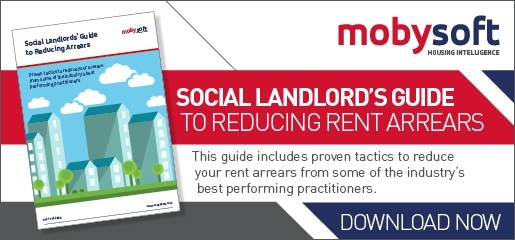Social landlords’ income is beginning to resemble the East Yorkshire Coast as it gets constantly eroded, not by the North Sea however, but by on-going budget cuts and welfare reform, this means social landlords are fighting the elements on all sides: 1% rent reduction, benefit caps reducing tenants’ ability to pay, the phasing in of universal credit, right to buy and the list goes on.
A trickle of losses is becoming a torrent and then there will be the tsunami of universal credit. This is already having unwelcome consequences, in the 13th November 2015 edition of Inside Housing they list 9 organisations who have announced job losses in effort to stem the tide. This is off the back of speaking with a director at a housing association who stated there are three ways that landlords can deal with the 1% rent reduction: Stall all developments, extend all cyclical programmes or start cutting overheads such as making redundancies.
Arguably the real pain is yet to hit, and that will be Universal Credit. There is the obvious issues of landlords having to collect and potentially chase payment directly from the tenant, rather than receiving a Housing Benefit payment from DWP. What’s more after the full deployment of universal credit some predictions intimate that tax credits, etc. will account for just 30% of rental income, whereas pre Universal Credit (UC) for most housing associations this was 60% of income.
Of course that’s fine because social landlords can invest heavily in doubling or trebling up their income teams…or maybe not. With some already making cuts there is a real need to protect their income and plan and prepare now for UC. The whole process of on boarding a single universal credit case is taking some landlords 3 hours. Now in pilot areas or for a dozen of cases it is laborious, but maybe it does not require ‘more heads’…yet. But, when that gets to just fifty that represents 150 hours of work just to on-board those cases, where is the resource from that going to come from?
Then there is the transient nature of UC. In a recent Mobysoft blog First Choice Homes Oldham (FCHO) commented on how this is troubling many in the sector.
“Many going back into work (off UC) are straight onto zero hour contracts, so typically each week their income changes, which impacts any benefits they receive. In our experience it is when people switch regularly between UC and work that rent payments start to be missed. And when universal credit is fully implemented we expect to have around 4,500 claiming UC in Oldham,” commented FCHO’s Sarah Aldred.
So how can landlords prepare for UC and protect their income? Many social landlords have turned to Mobysoft’s RentSense solution. RentSense is creating FTE capacity within income teams, on average it creates 25% spare capacity. Now if landlords ever needed to increase headcount in their income teams that time is now. So RentSense is creating scalable departments that can help mitigate welfare reform, whilst also increasing collection rates and reducing arrears, but I’d rather leave these sorts of claims to our customers.
“RentSense has helped to reduce arrears, lower the cost of collection and gives us a crucial platform for mitigating the impact of Universal Credit.” According to Adactus Housing, Finance Operations Director, Kimberley Clark.
“If you’re looking at the threat of Welfare Reform and a threat to income and the alternative is to increase staff resources why wouldn’t you look at a product that allows you to manage and mitigate that risk and provide demonstrable value?” Jan Goode, Director of Customers Service, South Staffordshire Housing Association.

